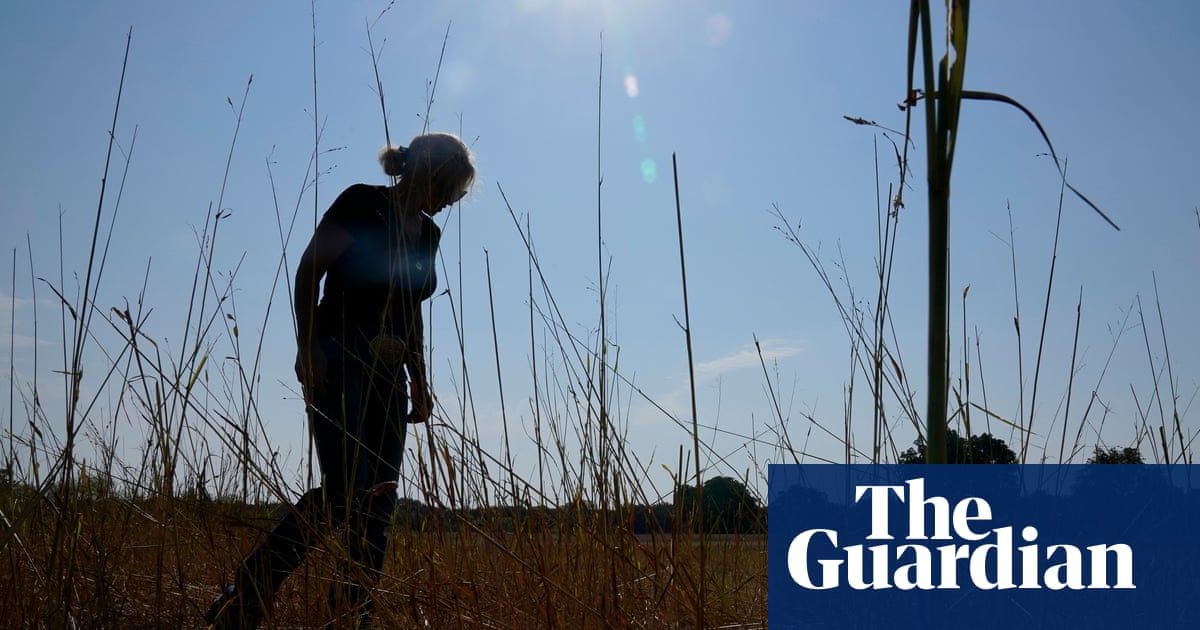More than 20 students and faculty members are currently on a hunger strike that began on May 12, aiming to shed light on the looming famine in Gaza due to a 70-day blockade restricting humanitarian aid. On Tuesday, Michele Rasmussen, the Vice Provost of Student Affairs, declined a meeting with the participants, stating that there was no new ground to discuss.
This dismissive response shocked participants. Sameeha, a student on the strike, shared that it felt dehumanizing to have their serious concerns trivialized. The urgency of the situation is highlighted by a recent UN report warning that 14,000 babies in Gaza could die within 48 hours due to the blockade.
Stanford activists have a history of protesting for the Palestinian cause. They previously held a 120-day sit-in, which ended when the Board of Trustees rejected a petition to divest from companies supporting the Israeli Defense Forces.
Sameeha noted that the university’s lack of engagement was unsurprising. “The question is, how many people’s health has to deteriorate before the University will act?” she said. Strike participants report significant health issues. Some have lost over 10% of their body weight and suffer from fatigue and dizziness.
One hunger striker, who wished to remain anonymous, highlighted their family’s involvement in past pro-Palestinian protests in China during the 1970s. They prepared for the strike by fasting for two weeks prior. Although they initially felt they could handle it, joint pain and fatigue set in on the fourth day.
In an email, Rasmussen assured that the university cares about the participants’ health and would monitor their well-being. However, Sameeha pointed out that administrators haven’t engaged meaningfully with them during their advocacy events.
Despite the university’s suggestion to pursue other forms of protest, students argue that this hunger strike is a last resort. “We don’t want to be doing this. It’s not fun,” one participant remarked, stating that many have academic commitments alongside their protests.
Another student, Sadia Orpa, expressed frustration with how academic discussions often ignore real-world implications. “I don’t want Palestine to be just theory. It should drive real change,” she said. Support for the hunger strike has been growing, with other organizations offering supplies and assistance. Religious groups have also provided spiritual support, while medical students check on the participants’ health.
Orpa noted that a community spirit has emerged, fueling their resolve. “The crowds are getting bigger. More people are showing up every day,” she said. Students are determined to continue until the university acknowledges their protests.
Ultimately, their focus is not just on university responses but on raising awareness about the plight of families in Gaza. “We want to shine a light on what’s happening there,” Orpa emphasized. “That’s why we keep showing up.”
The hunger strike serves not only as a protest but also as a call for collective compassion and awareness about ongoing humanitarian crises.
Source link
administrators,crisis,divestment,gaza,humanitarian,humanitarian aid,hunger strike,israel,jenny martinez,jonathan levin,michele rasmussen,palestine,sjp,stanford,strike,university




















